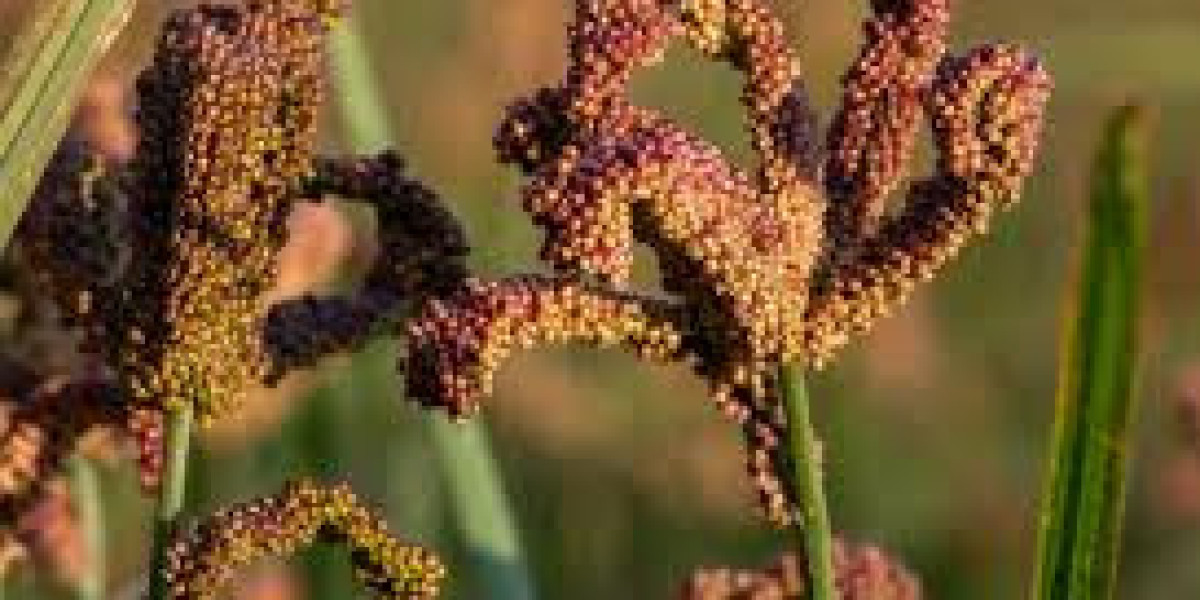Finger millet, often known as ragi, is one of the most nutrition-packed and culturally significant grains cultivated across many regions of Asia and Africa. Although it has been consumed for centuries, modern interest in healthy and millet sustainable foods has brought this ancient grain back into the spotlight. To understand who gains the most from finger millet, it is important to explore its nutritional richness, agricultural advantages, cultural importance, and its growing role in modern diets. This article examines the groups of people who benefit the most from this extraordinary grain and explains why it is becoming a global favorite.
A Powerful Nutritional Choice for Health-Conscious Individuals
Health-conscious individuals stand to gain immensely from including finger millet in their daily meals. Its high dietary fiber content supports digestion, prevents constipation, and contributes to long-lasting satiety, helping people maintain healthy body weight. Finger millet is also known for its low glycemic index, which assists in managing blood sugar levels and makes it a smart choice for people with diabetes.
Beyond its essential minerals like iron, magnesium, and phosphorus, finger millet also contains natural antioxidants that help reduce oxidative stress and protect the body from chronic diseases. Lactating mothers benefit significantly from this grain, as it supports milk production and provides essential nutrients needed for both mother and child. With today’s growing focus on whole grains and natural foods, finger millet stands out as a nutrient-rich option that promotes long-term health.
A Reliable Crop for Farmers in Challenging Climates
Farmers living in drought-prone or resource-limited regions gain tremendous advantages from cultivating finger millet. This resilient grain thrives in harsh climatic conditions where many modern crops struggle to survive. It requires minimal irrigation, grows well in low-fertility soils, and is naturally resistant to common pests and diseases. These qualities make finger millet a dependable crop for farmers seeking stable yields despite unpredictable weather patterns.
The short growing period of finger millet allows farmers to harvest it relatively quickly, providing them with a faster source of income and reducing their economic risk. Small-scale farmers, especially those without access to expensive agricultural inputs, value this grain for its low maintenance needs and high nutritional returns. As climate change continues to challenge global agriculture, finger millet offers a sustainable solution that supports rural livelihoods and ensures long-term food security.
A Source of Food Security for Vulnerable Communities
Vulnerable communities, especially in developing regions, rely heavily on finger millet as a vital source of daily nutrition. Its resilience ensures that communities have access to reliable food supplies even in years of drought or crop failure. Because finger millet is easy to store and has a long shelf life, it helps families maintain food reserves without worrying about spoilage.
Finger millet-based foods are also essential for young children, pregnant women, and elderly individuals who require nutrient-dense meals. In many regions, porridges, rotis, and beverages made from finger millet provide affordable and accessible nourishment that supports growth and overall well-being. For communities facing high rates of malnutrition, finger millet serves as a valuable solution that improves dietary quality and reduces dependence on costly imported grains.
An Eco-Friendly Option for Environmentally Conscious Consumers
Environmentally conscious consumers seek foods that contribute to sustainability, and finger millet fits perfectly into this category. Its low water requirement makes it significantly more eco-friendly compared to water-intensive crops such as rice. Since the grain grows well without chemical fertilizers or heavy pesticide use, it supports regenerative farming practices that protect soil health and biodiversity.
Choosing finger millet also encourages a shift toward sustainable grain production and reduces environmental pressure caused by conventional agriculture. Consumers who prioritize green living benefit from supporting crops that require fewer natural resources and leave a smaller carbon footprint. As awareness grows, finger millet has become an important part of conversations around climate-friendly diets and sustainable food systems.
A Growing Opportunity for Food Entrepreneurs
Food entrepreneurs and manufacturers are discovering exciting opportunities in the rising popularity of finger millet. With increasing demand for gluten-free, high-fiber, and calcium-rich foods, finger millet has become a valuable ingredient for developing innovative products. Today, the market features finger millet cookies, noodles, breakfast cereals, energy bars, health drinks, and even baby foods, catering to both traditional and modern tastes.
The grain’s versatility allows food businesses to create products that appeal to health-conscious customers while maintaining natural nutritional benefits. Entrepreneurs who invest in finger millet-based products benefit from a growing consumer base that values wholesome and heritage-based ingredients. As global diets shift toward healthier choices, finger millet continues to create new possibilities in the food industry.
Conclusion
finger millet is much more than a traditional grain; it is a powerful tool for promoting nutrition, supporting sustainable agriculture, and strengthening food security. Health-conscious individuals, farmers in challenging climates, vulnerable communities, eco-friendly consumers, and modern food entrepreneurs all gain unique and significant benefits from this remarkable crop. With its exceptional nutritional value, climate resilience, and expanding market potential, finger millet plays an important role in shaping the future of healthy and sustainable diets.







